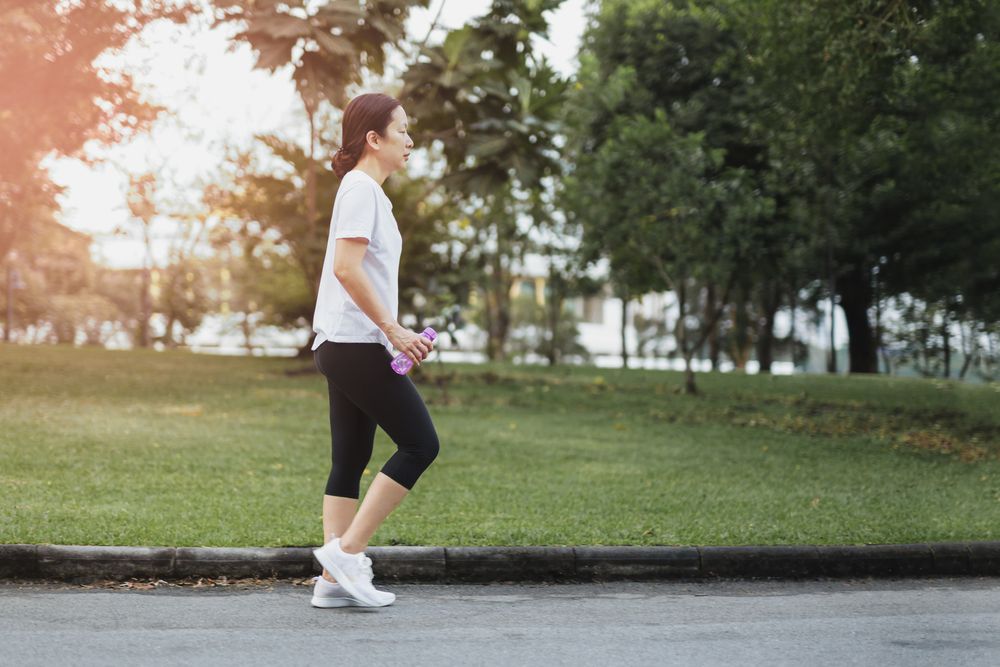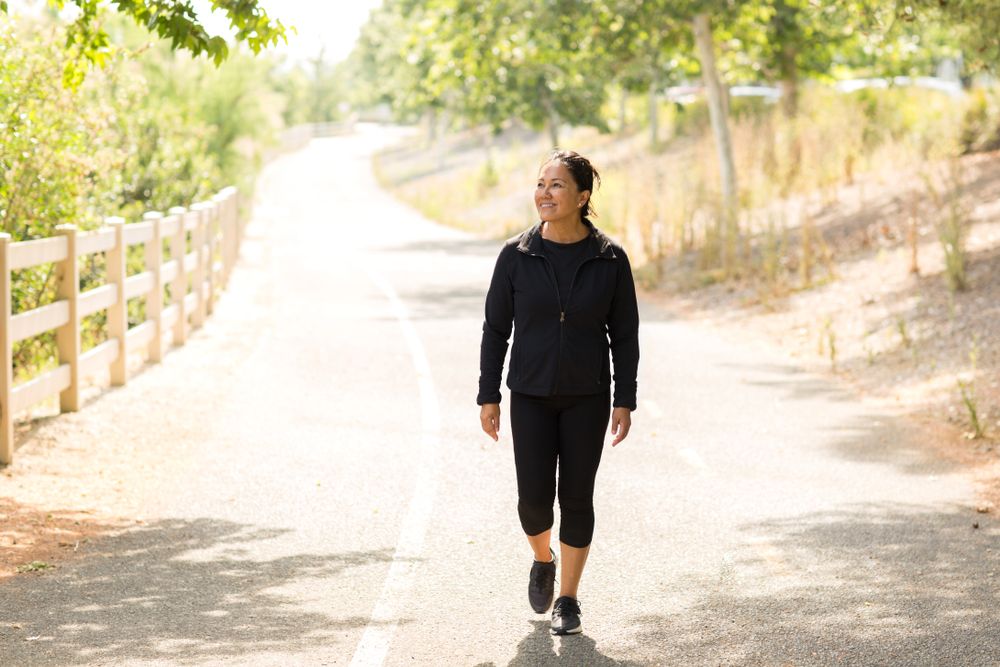
If you're considering establishing a daily walking habit, you're making a great choice. Walking seamlessly fits into any fitness routine—it requires no equipment, is free, and can be done while taking work calls or listening to an audiobook. It's also an excellent calorie burner and offers the chance to explore new sites and trails. To help you get started, here are 10 expert walking tips for beginners to lose more weight.
Lacing up your sneakers and heading out for a walk is always a good idea. It's an excellent way to increase your physical activity without significantly adding stress to your exercise routine.
"Walking is incredibly flexible compared to other types of exercise," says Domenic Angelino, CPT at the International Personal Trainer Academy (IPTA). "You can walk almost anywhere—the gym, outside, or even around your apartment. Walking can be adapted to the ever-changing demands of your life, unlike many other forms of exercise. If something comes up and you can't make it to the gym, you might miss your stair climber workout, but you can still fit in a quick walking session."
Walking also makes your fitness routine more sustainable. The more challenging and grueling your workouts are, the harder they are to stick with.
If you're ready to get started, here are 10 of the best walking tips for beginners to lose more weight.
Choose a manageable amount of weekly walking sessions.

Ensure your weekly walking goal is easy to maintain, as this can vary depending on your schedule and motivation levels.
"It can be tempting to plan your walking workouts based on your best weeks, but resist that urge," advises Domenic Angelino. "Instead, set your expectations based on what you can manage during a bad week. This way, you always meet your goals, which can significantly boost your motivation over time. Consistency is key for long-term adherence to exercise, leading to more overall fat loss."
Tweak your pace depending on your energy level.
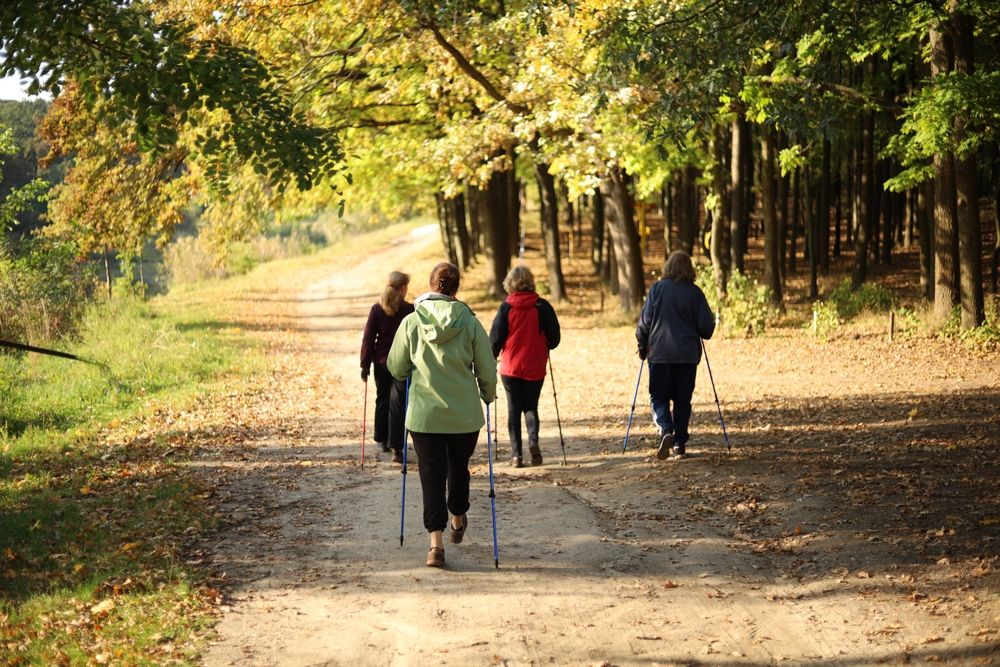
Be mindful of your energy levels and adjust your walking pace accordingly.
"You don't have to stick to a specific walking speed during your workouts," says Domenic Angelino. "If you have more energy than usual, it's perfectly fine to walk faster than your planned pace. Many people choose one pace and stick to it, regardless of how they feel. However, increasing your pace when you have more energy can help you burn more calories and lose more weight overall."
Wear a weighted backpack or rucksack.

Rucking is gaining popularity—and for good reason. Many people are swapping their regular walks for rucking by strapping on weighted backpacks to combine cardio and strength training in one workout.
"Wearing a rucksack or weighted backpack can help you burn more calories," says Domenic Angelino. "By adding extra weight, you increase the workload on your muscles with each step, which is normally limited to your body weight. You can artificially increase your body's weight with specialized weighted equipment like a rucksack, enhancing the effectiveness of your walk."
Slowly adjust your walking workouts as you progress.

It's no secret that regular exercise helps you improve your fitness over time. What you can accomplish on day 30 will likely be quite different from what you could do when you first started.
"If you designed your workout program before day 1, it might not be suitable for the version of you on day 30," explains Domenic Angelino. "Regularly adjust your walking sessions to match your current capabilities. If you can maintain a faster pace or walk longer distances, update your workout plan accordingly."
This approach ensures you get the most benefit from your efforts in the long term.
Choose a steep or hilly route.
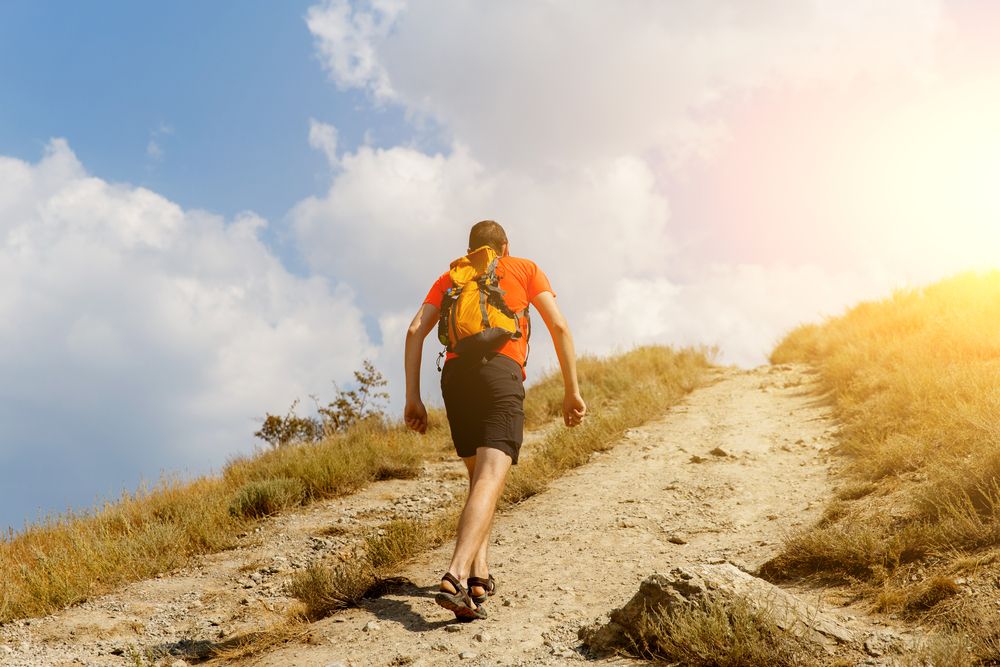
When you feel ready, incorporate inclines and hills into your walks whenever possible. Walking uphill burns more calories than walking on flat surfaces.
"Your muscles have to work much harder with each step, requiring more calories to fuel this extra effort," explains Domenic Angelino. "There's also a hidden benefit: it helps improve your muscles' endurance and makes them stronger."
Don't forget about pre-workout nutrition.
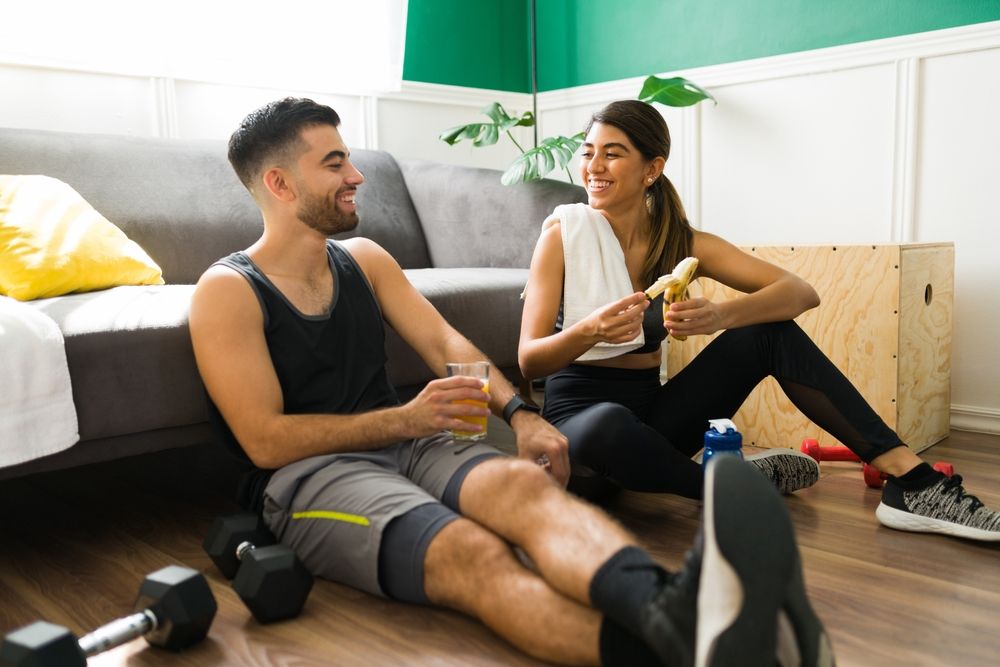
Having a pre-workout nutrition regimen is crucial. Angelino recommends enjoying a carb-dense snack before your walk to help you burn more fat over time.
"It provides your body with plenty of glucose for energy, fueling your workout," he explains. "This enables you to walk longer and at a faster pace. This doesn't mean consuming more total calories per day; it means shifting some of the calories you would eat later in the day to just before your workout."
Add "mini walks" to your week.

Incorporating "exercise snacking" or mini walks into your routine can significantly enhance your weight-loss efforts.
"Exercise doesn't have to be confined to structured workouts," says Angelino. "Making small decisions that increase your daily walking can help you lose more fat overall. These small changes complement the effects of your structured walking workouts. Try parking farther from store entrances or taking the stairs more often."
Multitask while walking.

A common excuse for not exercising is feeling like there's not enough time. You can tackle this by multitasking. For example, get your steps in while listening to an audiobook for your book club, catching up with loved ones on the phone, taking a work call, or listening to the news.
"Even if this slows down how quickly you complete the task you're combining with walking, it can save time overall since you don't have to do each activity separately," says Angelino. "Multitasking can help you justify longer walking sessions, directly leading to more fat loss."
Attach your walking sessions to other workouts.

Adding a quick walking session at the start of your routine can boost the total calories you burn during other workouts, such as strength training or lifting weights.
"This helps you burn more calories because you're exercising more, and it's easy to do since you're already at the gym," says Angelino. "It also has the secondary benefit of warming you up for your weight-lifting workout, which improves the quality of your session and helps you burn more overall calories."
Choose outdoor walks over the treadmill.
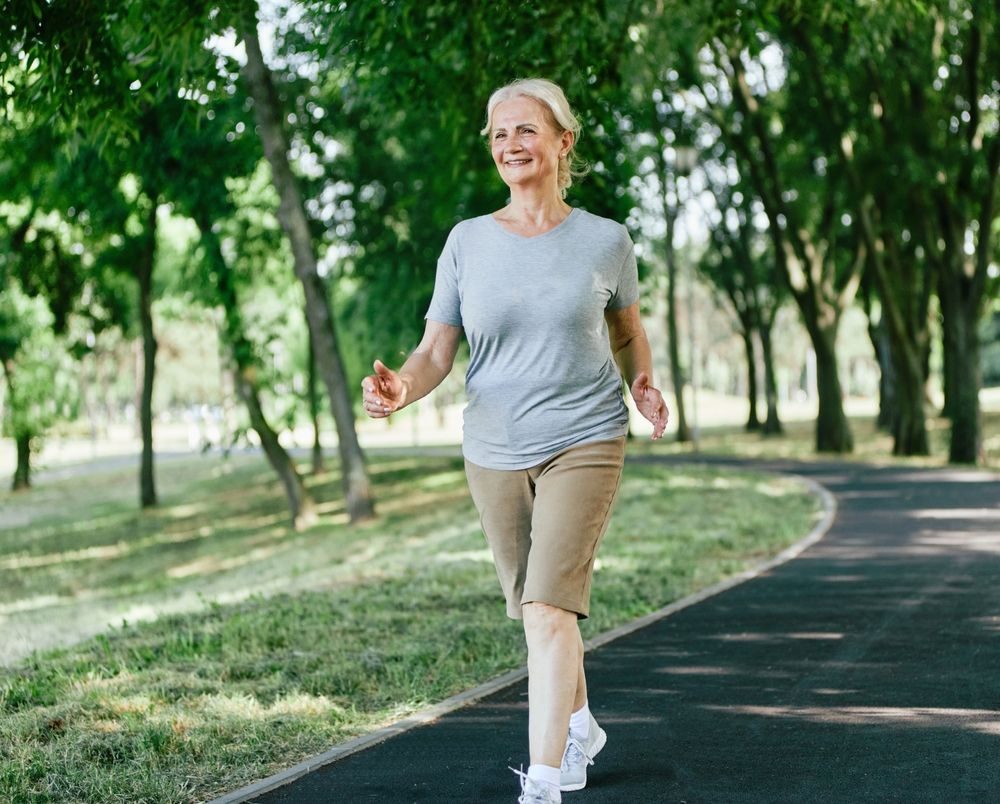
Whenever possible, choose outdoor walks instead of using a treadmill.
"You'll burn a few more calories walking outdoors compared to a treadmill," explains Angelino. "This doesn't mean treadmills are bad—they're great for burning calories and are convenient, especially in bad weather. However, you'll generally burn a bit more calories when walking outside."

